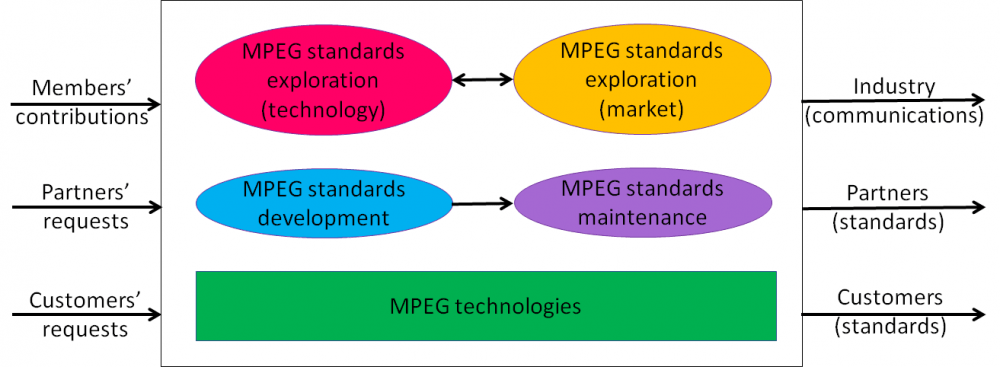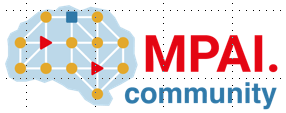Which company would dare to do it?
To get an explanation of the question in the title and an answer, the reader of this article should read the first 5 chapters. If in a hurry, the reader can jump here. MPEG is synonym of growth Manage growth with organisation MPEG does not only make, but “sells” standards A different approach to standards Interoperability is not just for commercials Time to answer the question MPEG is synonym of growth MPEG is a unique group in the way it has…




















